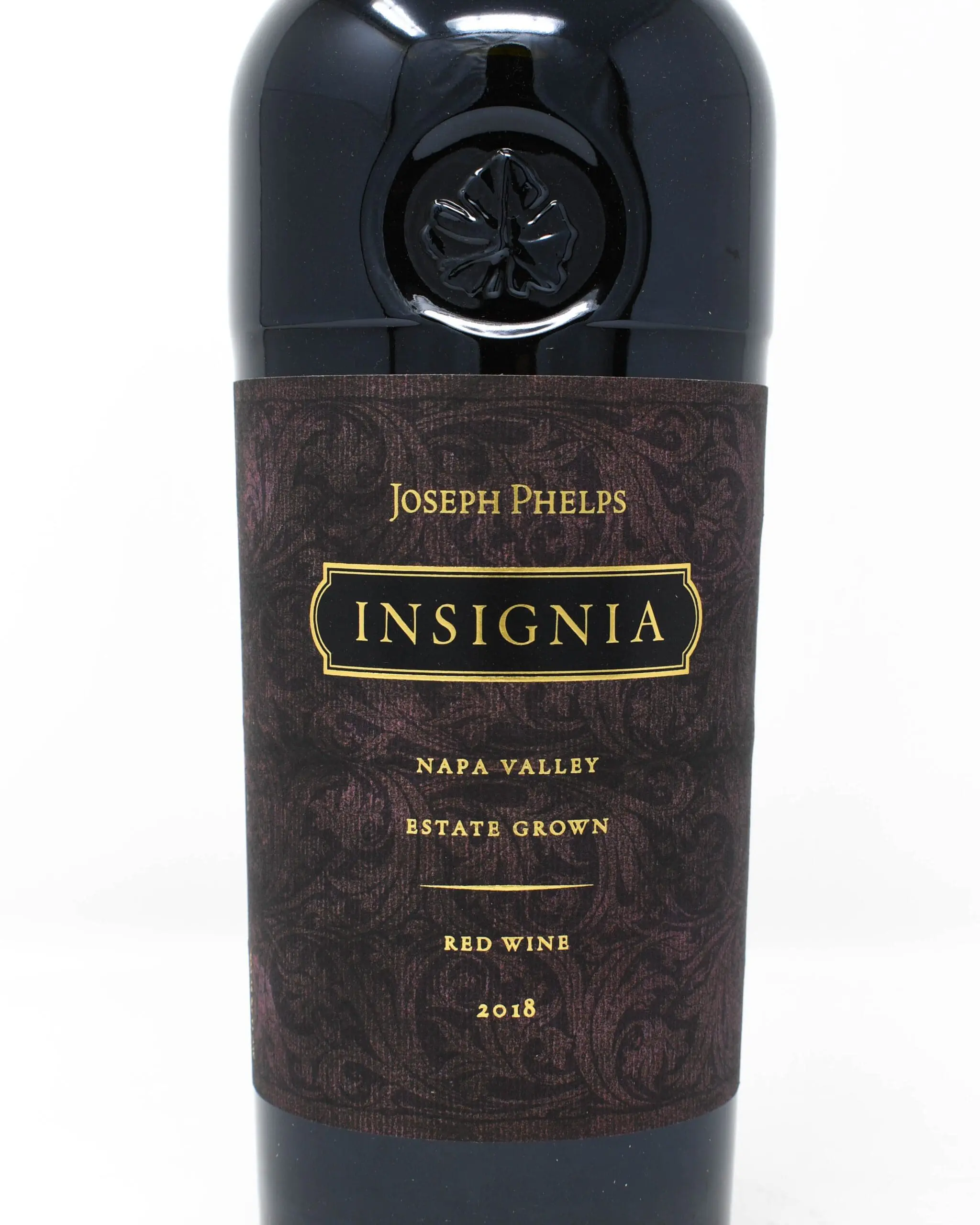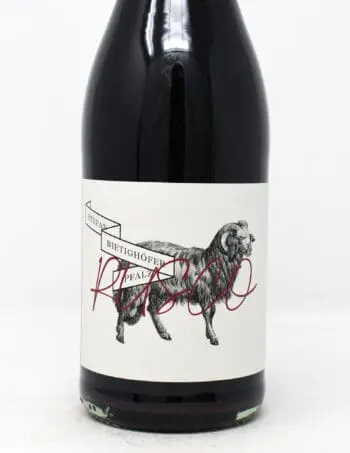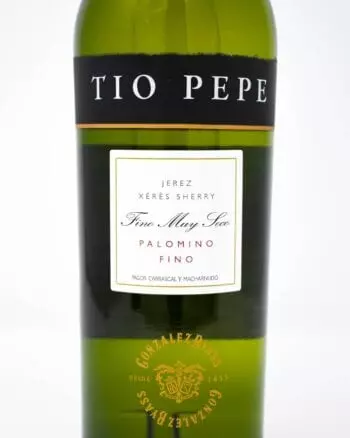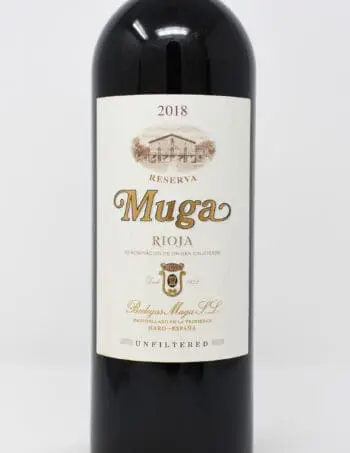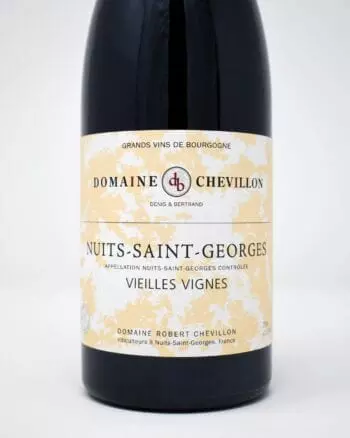Joseph Phelps, Insignia, Red Wine, Napa Valley 2018
$395.00
Joseph Phelps, Insignia, Red Wine, Napa Valley 2018
$395.00
87% Cabernet Sauvignon, 8% Petit Verdot, 3% Malbec and 2% Cabernet Franc
3 in stock
“The 2018 Insignia is a blend of 87% Cabernet Sauvignon, 8% Petit Verdot, 3% Malbec and 2% Cabernet Franc. The vineyard sources this year include: 30% Las Rocas (Stags Leap District),18% Yountville (Oak Knoll District), 13% Banca Dorada (Rutherford), 18% Suscol (South Napa Valley), 14% Home Ranch (St. Helena), 12% Las Rocas (Stags Leap District), 7% Barboza (Stags Leap District). It was aged for 24 months in 100% new French oak barrels. Deep garnet-purple colored, it comes storming out of the glass with powerful notes of blackcurrant cordial, stewed black plums and boysenberries, plus hints of cedar chest, graphite, menthol and wet slate with a fragrant waft of clove oil. The medium to full-bodied palate already demonstrates remarkable balance at this youthful stage, featuring a firm backbone of fine-grained tannins and bold freshness to support the tightly wound, crunchy black fruits, finishing long and spicy.”-97+WA
In 1974 Joe Phelps had the idea to make a separate cuvee each year, one that would represent the finest wine he could make from each vintage. He didn’t necessarily think it would always be a Cabernet Sauvignon. It might be a white wine in some years, a Chardonnay or a Riesling, or it might be a Syrah or Merlot. His only thought was to make one wine that represented the best of what Joseph Phelps Vineyards could produce each year. He decided to name the wine Insignia, a proprietary name that would give him the flexibility to make the wine out of any varietal he chose.
As it happened, 1974 was a great year for Cabernet Sauvignon in Napa Valley and the 1974 Insignia was 94% Cabernet from the Stags Leap District. The following year Merlot dominated the blend, and in 1976, it returned to Cabernet, this time from the Eisele Vineyard. It was becoming increasingly clear that red Bordeaux varieties – particularly Cabernet Sauvignon – were ideally suited to Napa Valley and would consistently yield the best wines of the vintage. From 1977 on, Cabernet Sauvignon was never less than 50% of the Insignia blend and gradually became the dominant varietal. Joe’s vision evolved: Insignia would always be a proprietary red Bordeaux-style blend.
Additional information
| Type of Wine | |
|---|---|
| Sub-Region | |
| Score | |
| Price Range | |
| Grape Variety | |
| Country | |
| Appelation |
